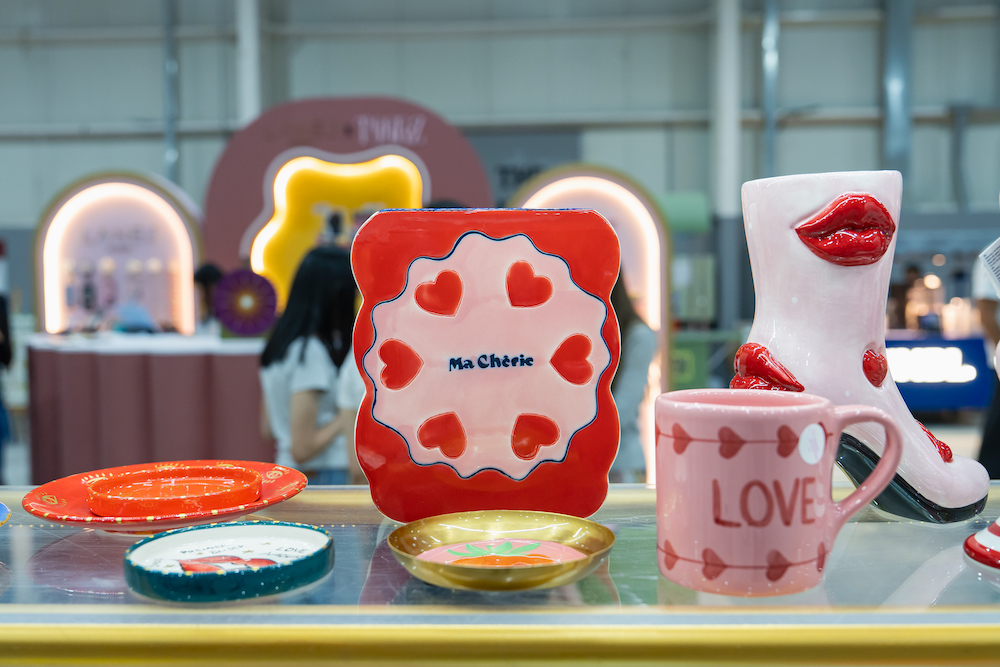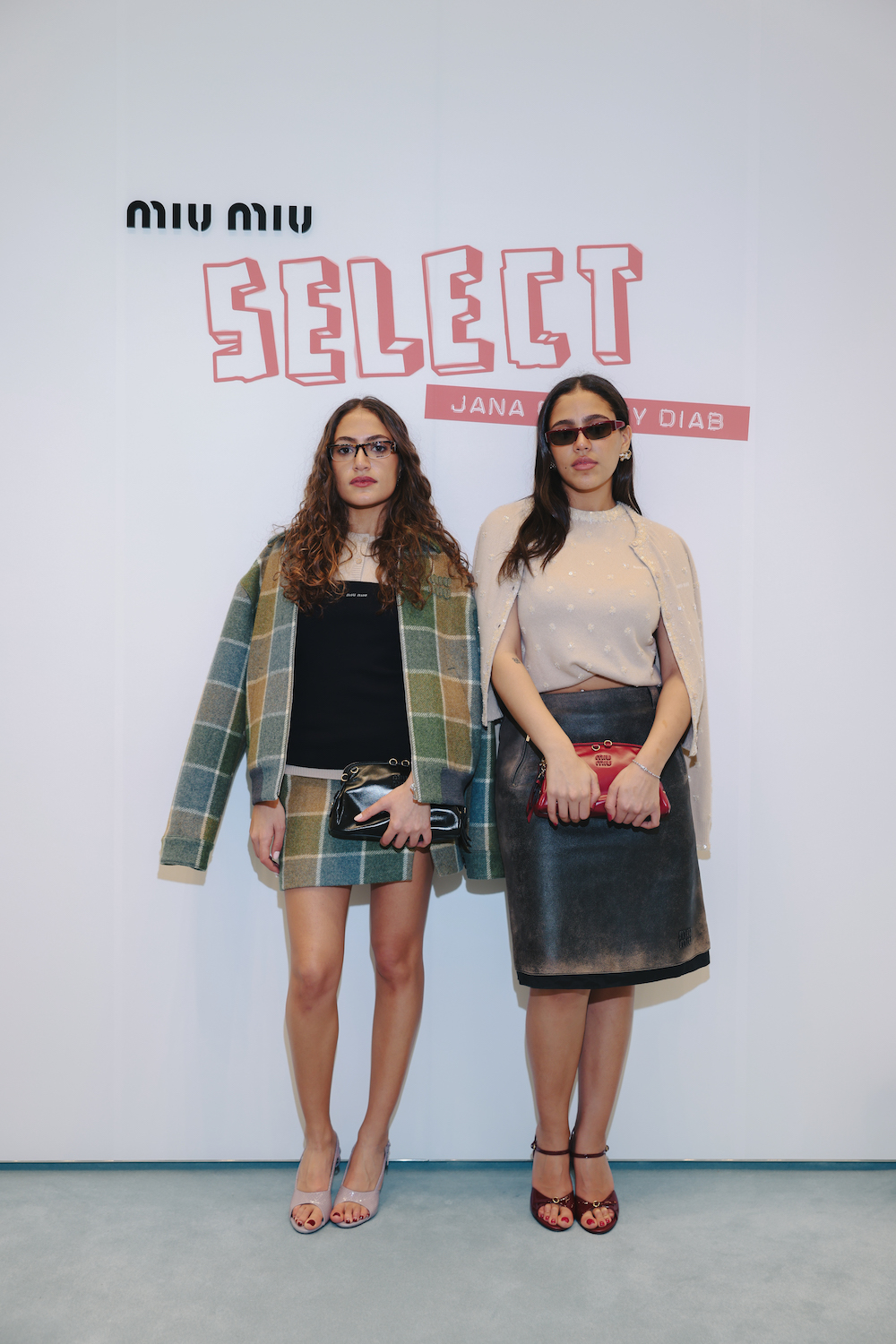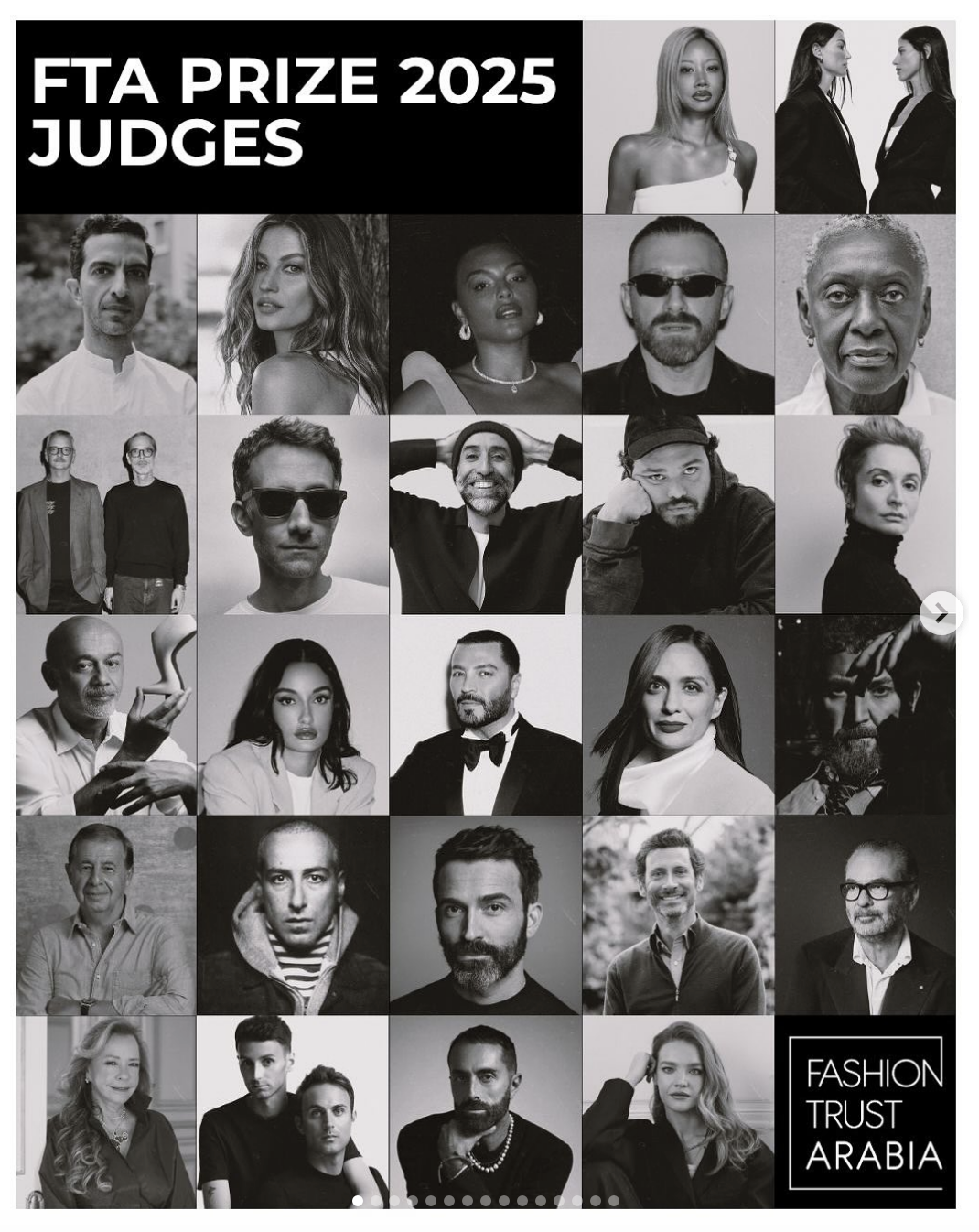As the most extended Fashion Week in the international circuit, PFW lit up the timeline with buzzworthy moments on and off the runway.
But past the celebrity fanfare prompting headlines—this season, more than ever, front rows dominated conversations—the event marked a turning point for an industry that aims to reinvent itself amid a luxury slowdown and changing consumer preferences.
Here’s what to retain from the nine-day event.
By Mayra Peralta
Loewe: sportswear, chromatic contrast and craftsmanship
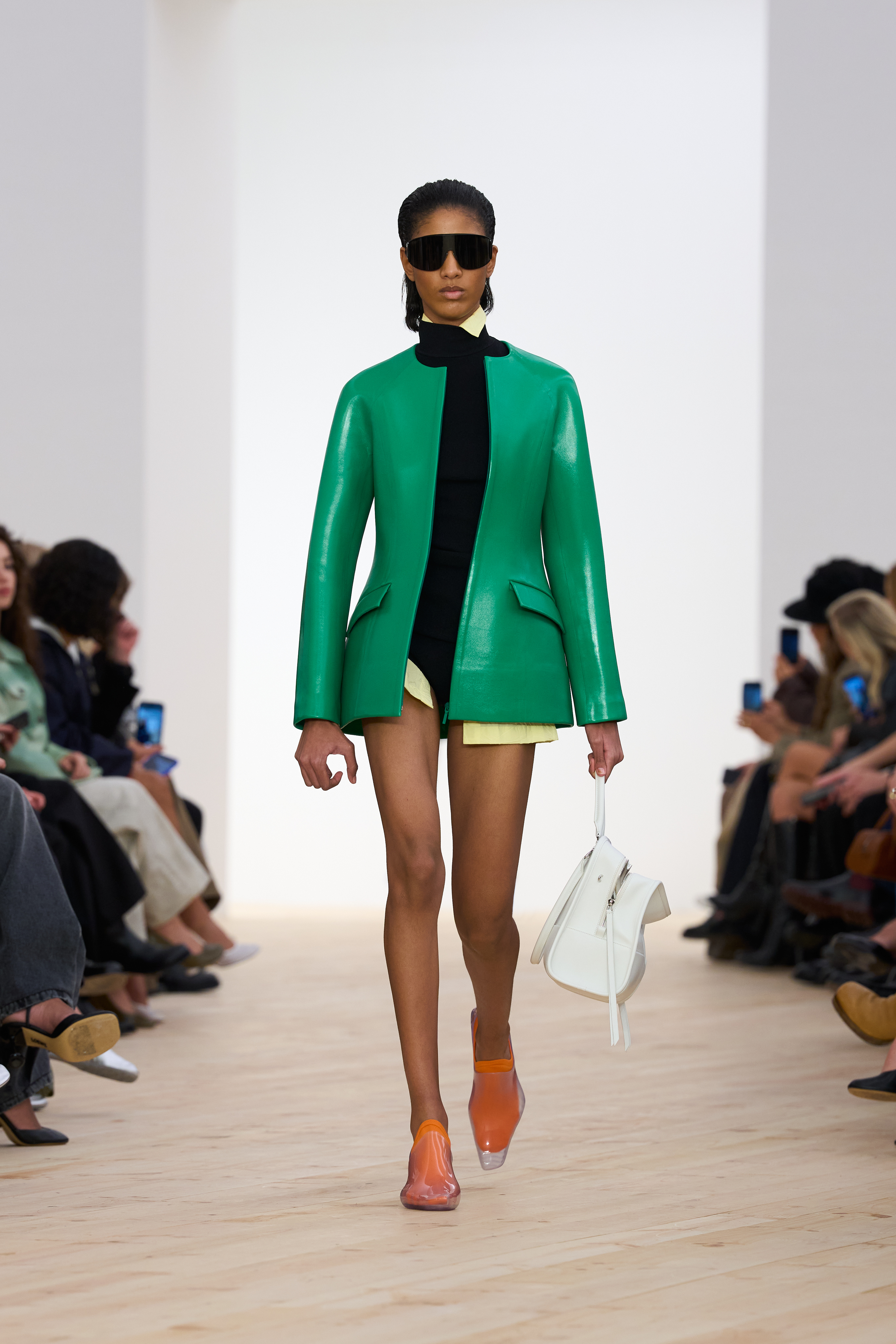
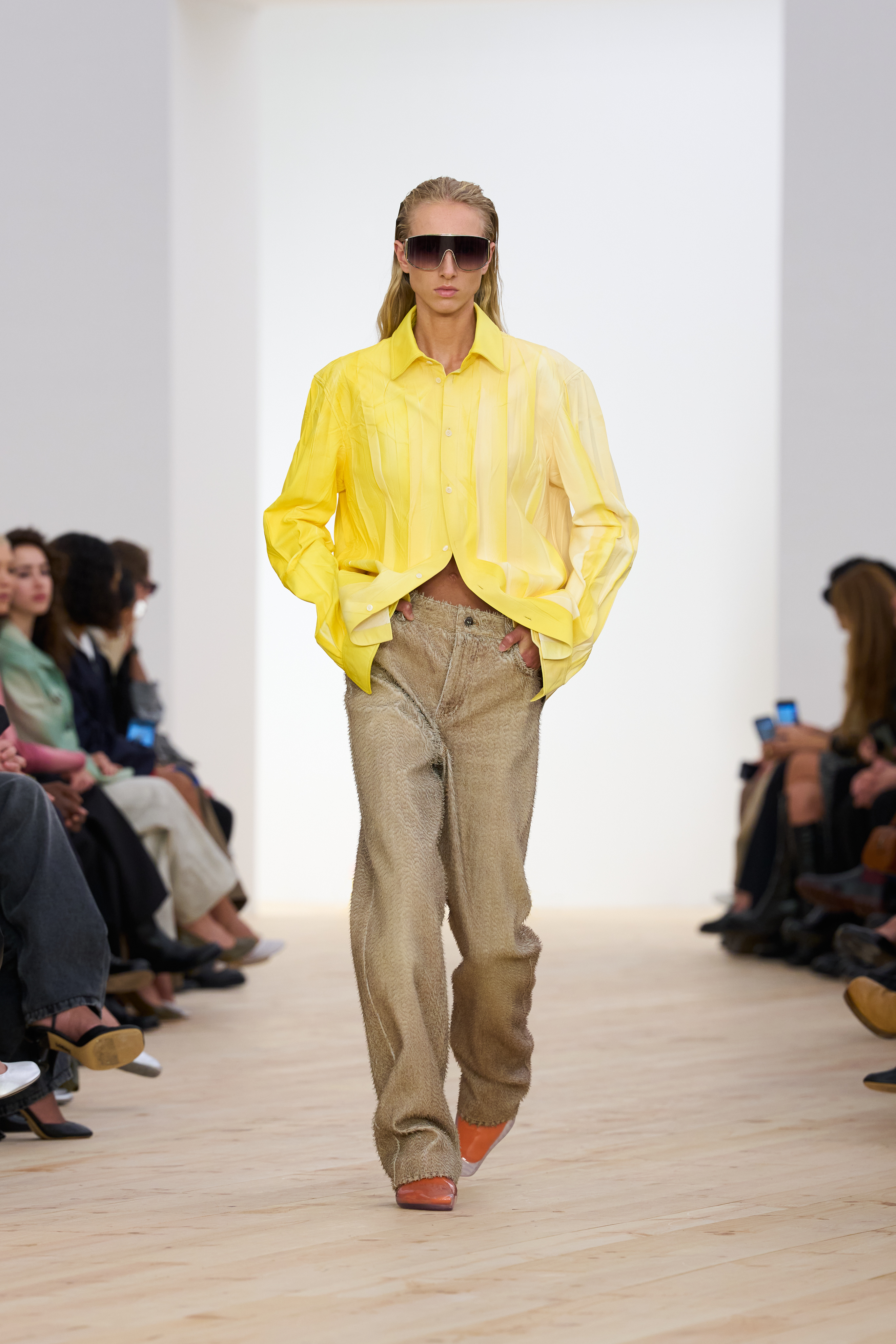
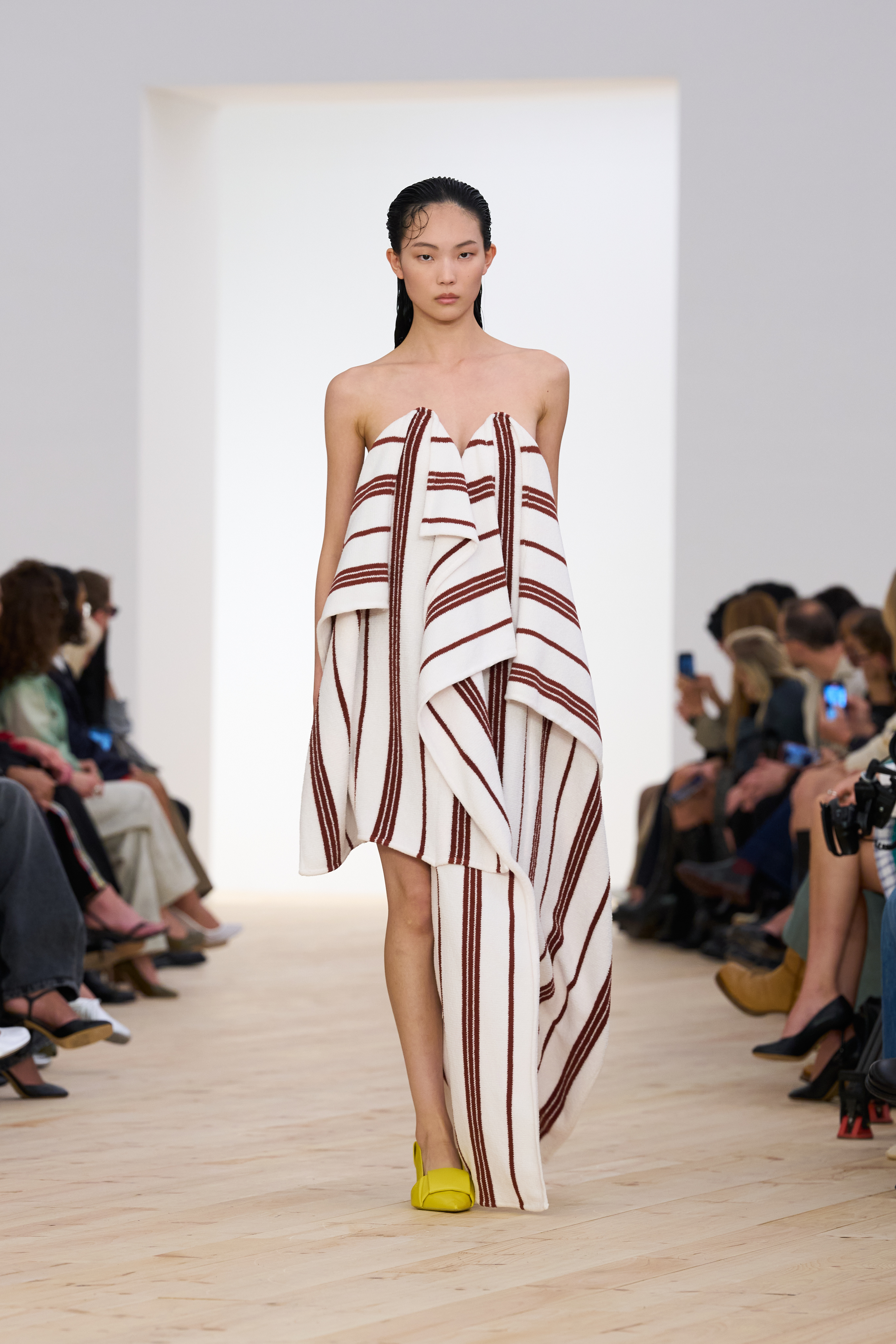
Clean lines, chromatic intensity and deceptive minimalism were at the core of Jack McCollough and Lazaro Hernandez’s debut at Loewe. Translating their New York sensibilities to the Parisian front rows, the designer duo favored sleek, pared-down cuts. The first looks on the runway, which tapped into stiff leather work, were reminiscent of Jonathan Anderson’s surrealism-soaked visuals—think of the famous “Polly Pocket” set.
However, McCollough and Hernandez distanced themselves from Anderson’s Loewe by upping the wearability factor. Their looks thrived on the simplicity of straightforward silhouettes without neglecting craftsmanship, attention to detail, and the sort of art and architectural influences that set Loewe apart. Sportswear inspiration, bright color blocking and reinvention of signature items like the Amazona 180 sealed a smart and promising debut runway.
More on Loewe.com
Celine: a step closer to its roots


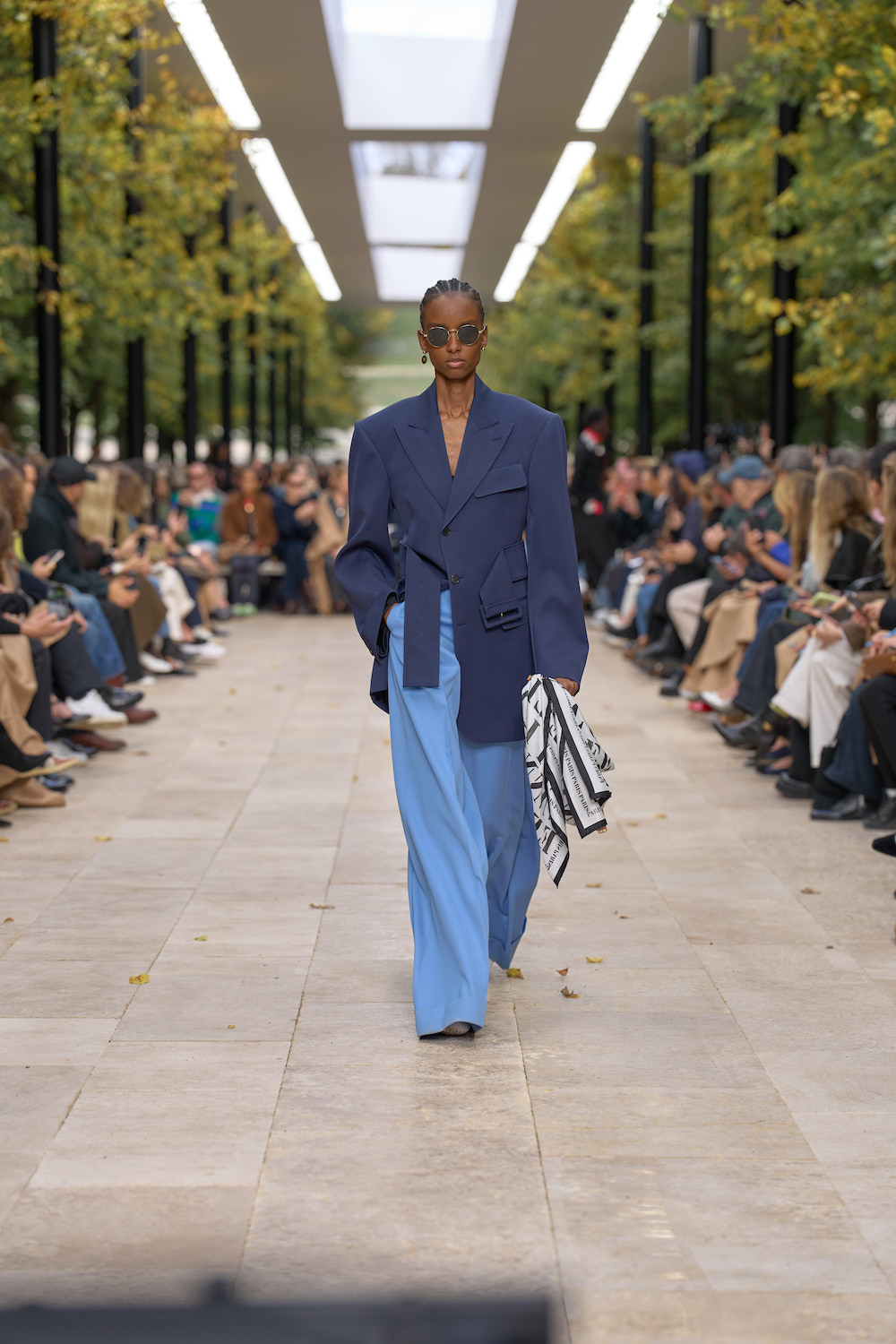
Building up on his inaugural runway for the brand, Michael Rider steered Celine closer to its roots and the legacy set by creative directors Michael Kors and Phoebe Philo. In an open space in the outskirts of Paris, Parc de Saint-Cloud more precisely, and in the presence of a star-studded front row featuring Nour Arida, BTS' V and Uma Thurman, the brand celebrated “good times, lightness, and summer heat.”
Discretion with a youthful spin was the theme of the runway. Contemporary tailoring, equestrian codes and bold pops of color shaped the narrative for Celine’s Spring/Summer 2026. “We were thinking about [...] the tension between discretion and showing skin. About things that last, and things that are just a moment. And about how clothes, shoes, and all of it become a part of the memories we make wearing them,” read the show notes. And the collection delivered what was promised: wearable, everyday clothes that ingrain themselves into the wearer's life and memory.
More on Celine.com
Rabanne: swimwear inspirations go couture

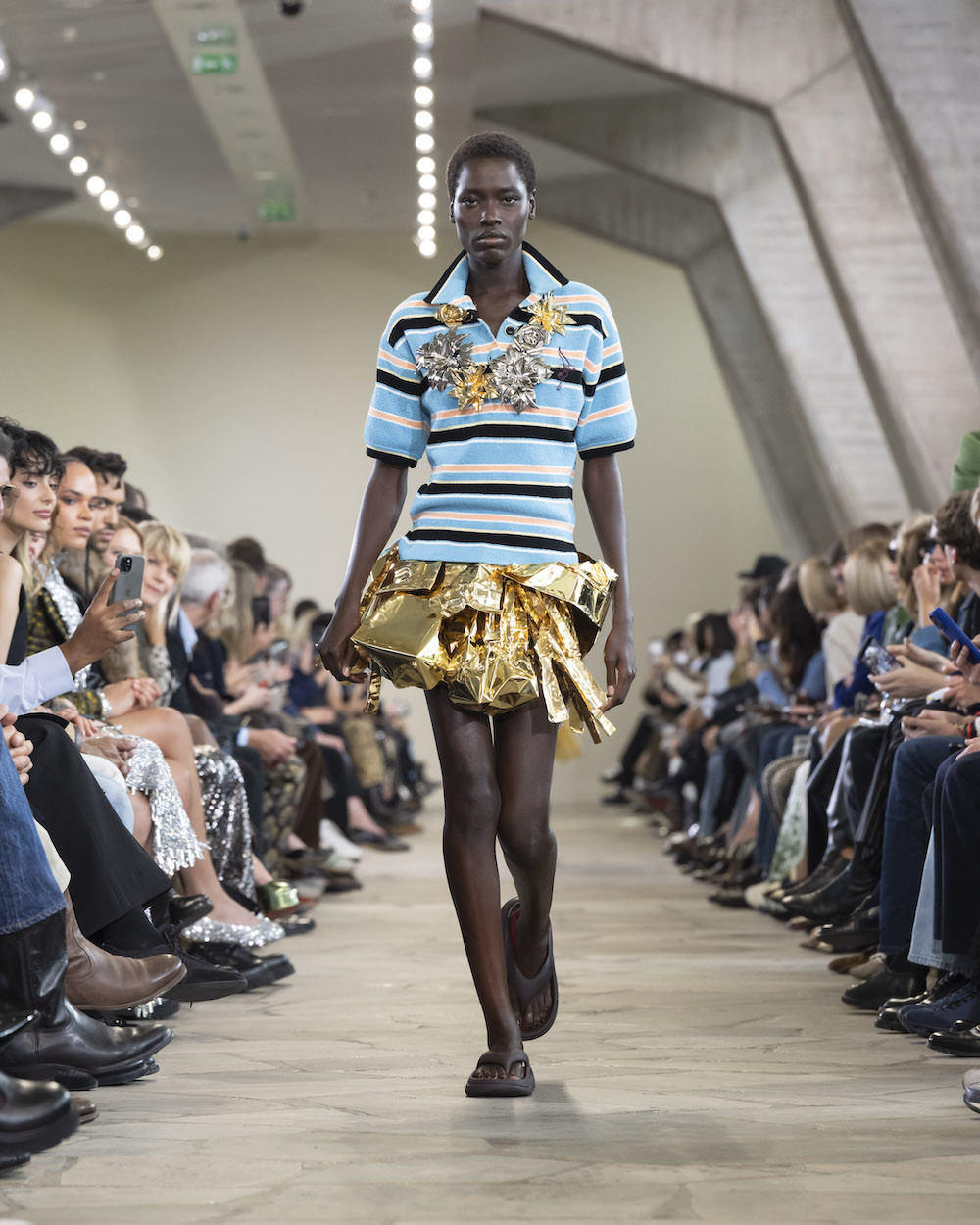
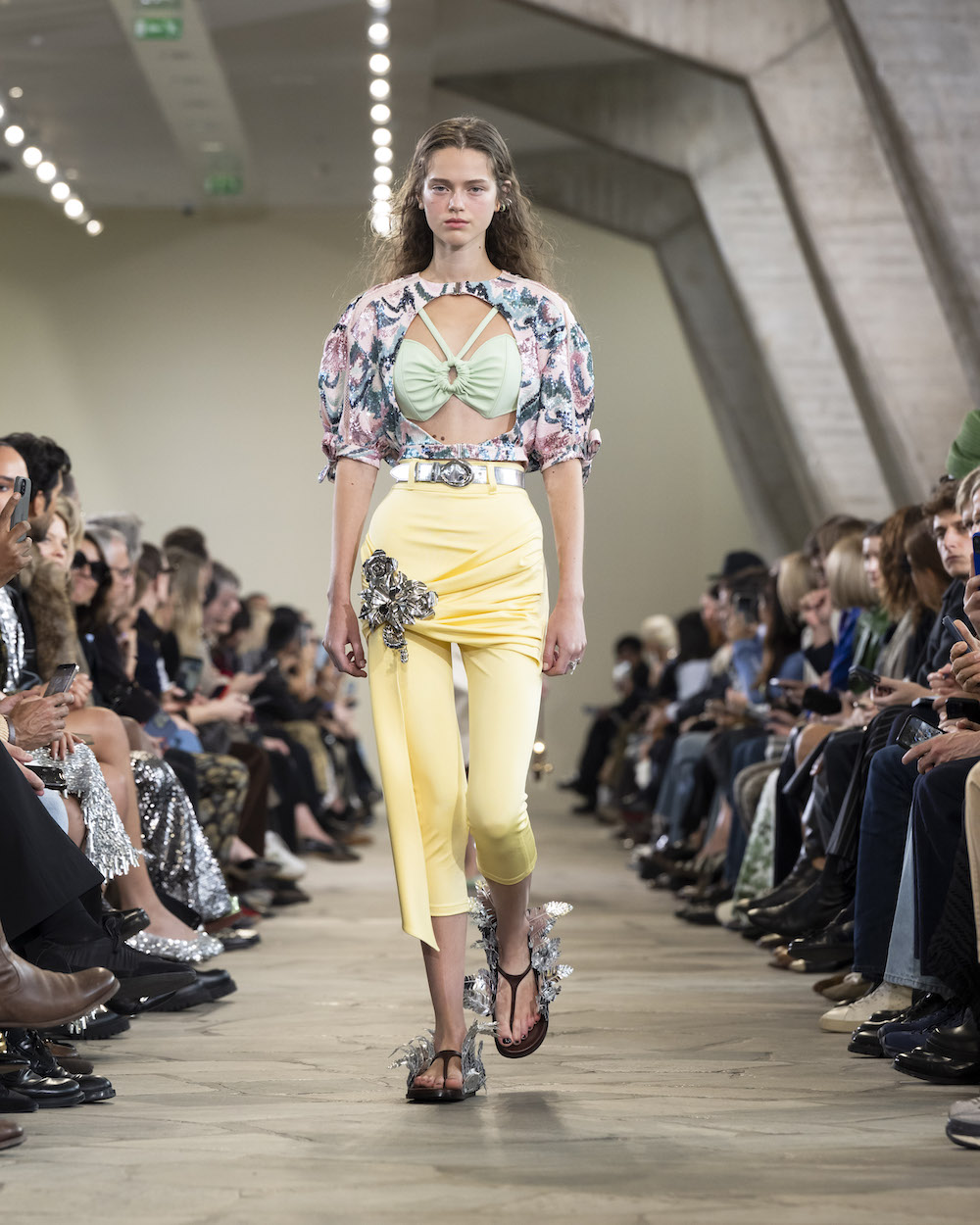
Long gone are the days Rabanne was solely recognized for metal dresses, sequins, gold and silver. With designer Julien Dossena at the helm, Rabanne has brought its metalwork and avant-garde legacy to the next level. For Spring/Summer 2026, Dossena delved deeply into his upbringing on the coast of Brittany, taking showgoers on a journey through sun-drenched landscapes and summer getaways.
Swimwear served as the departing point, reinvented and reworked with couture-like techniques. Bold cutouts, rich embellishments and nods to nature shaped the collection. Everything was intentional. Metallic details on bustiers and hems were reminiscent of marine wildlife, while shoes featured palm-shaped metalwork accents. The silhouettes evolved as the runway progressed, sensual resortwear transformed into provocative and vanguardist dresses, oversized accessories and lush botanical prints. The capstone was the balance between color, form and material. Despite bordering on excess, each look was tasteful, meticulously crafted and packed a punch.
More on Rabanne.com
Dior: very Anderson, but Dior enough
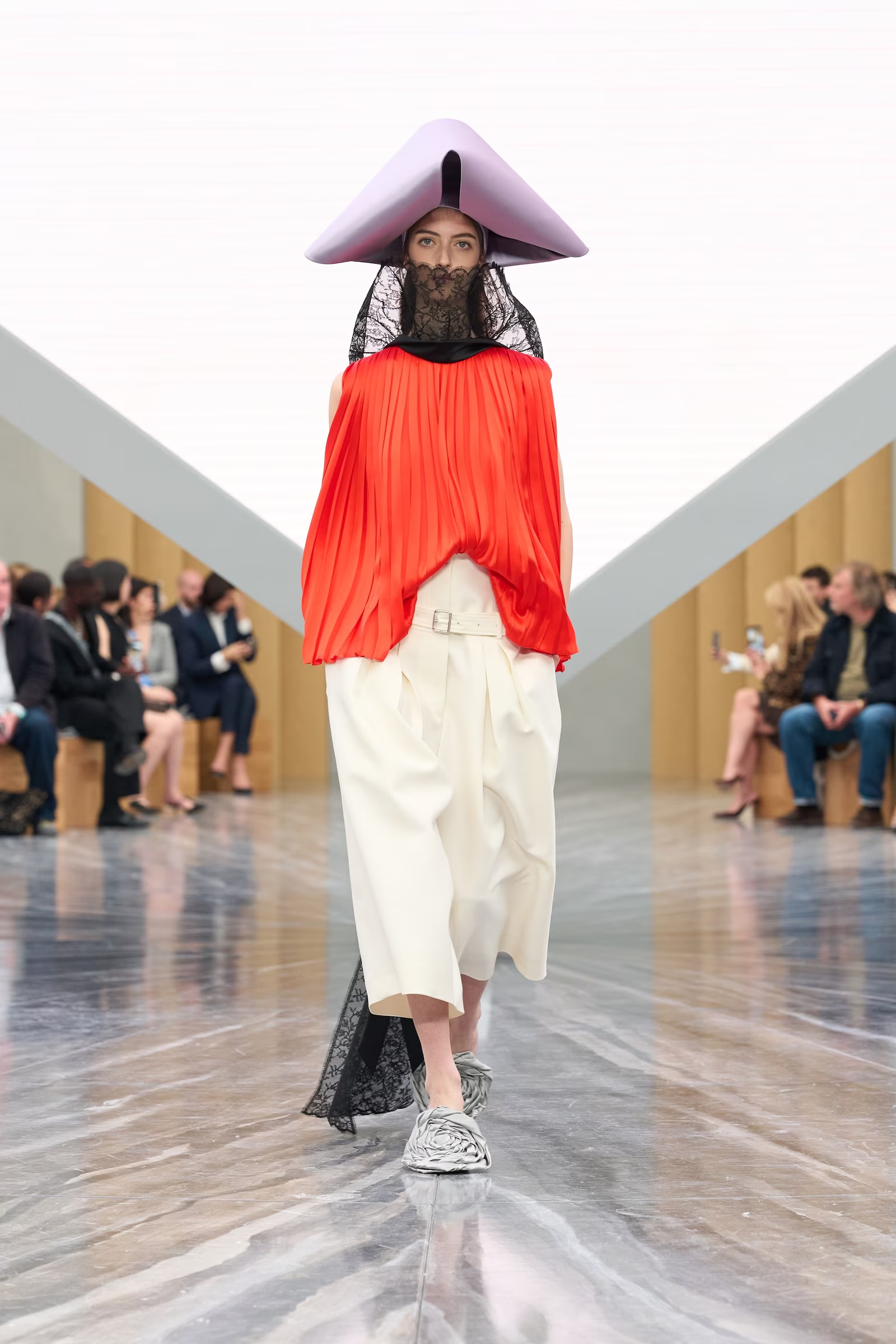
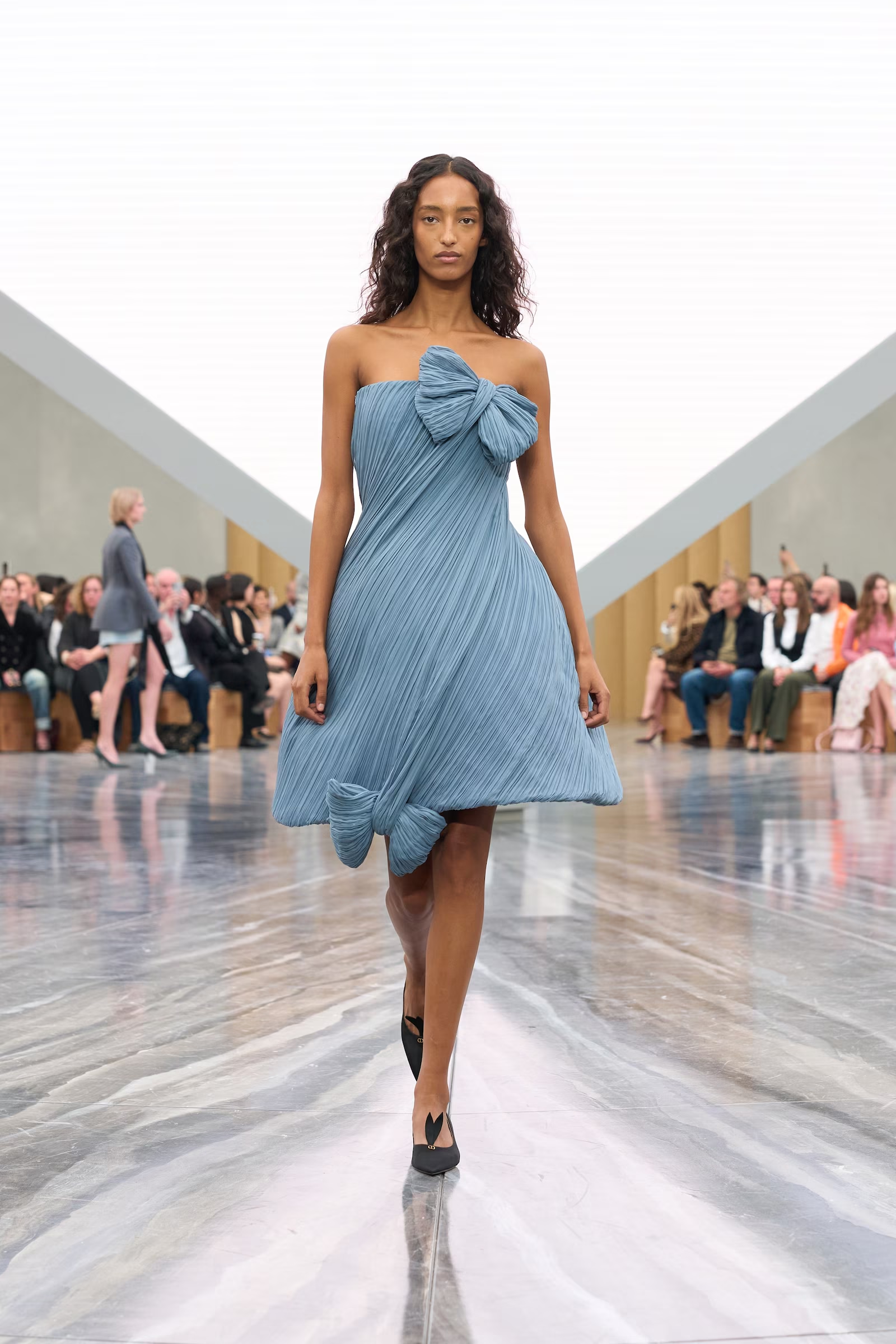
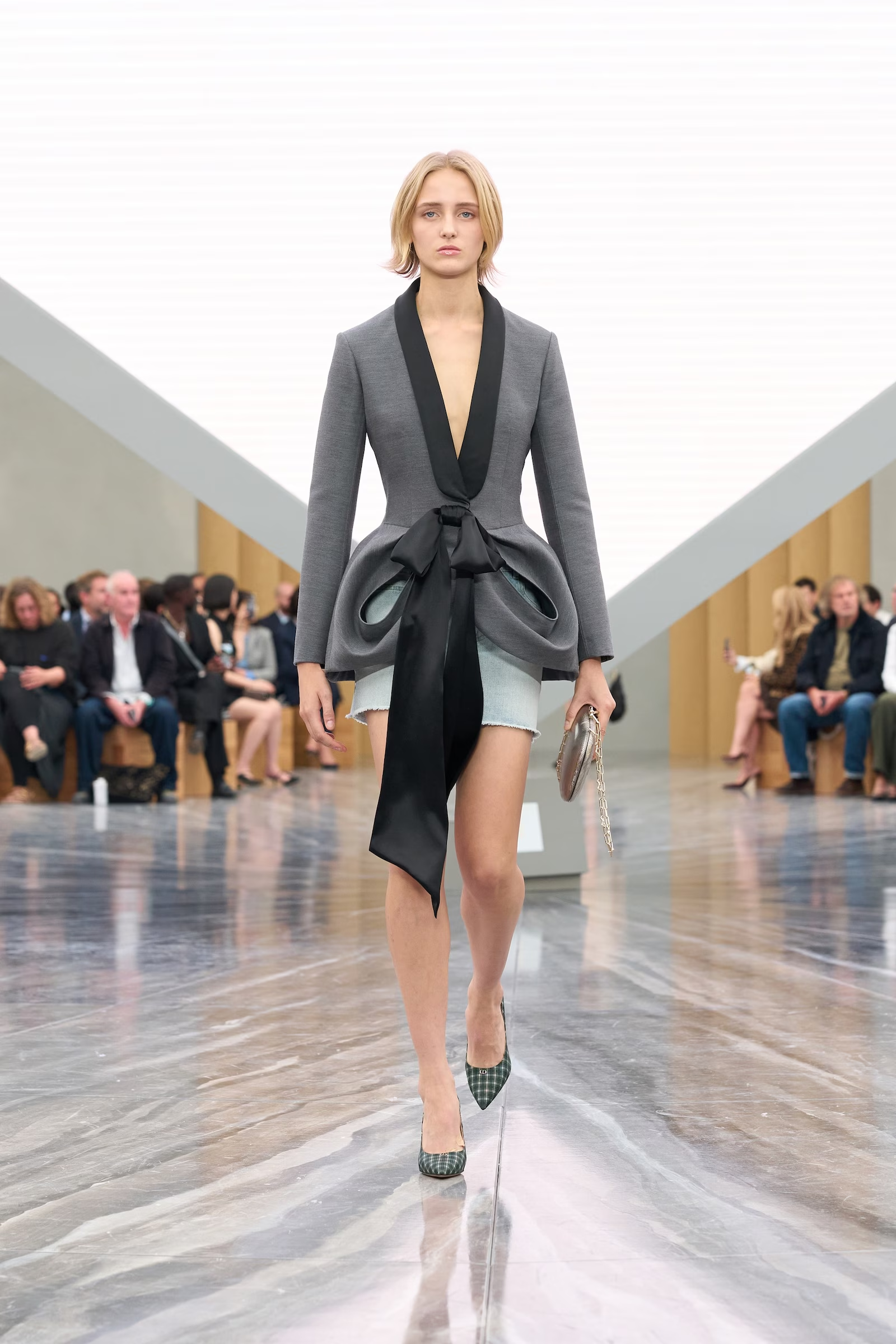
Following his menswear debut in June, freshly installed Dior creative director Jonathan Anderson treated the industry with a continuation of his vision for the storied Maison. Though he opened the show with images from Dior’s past, Anderson departed from traditional house codes and aesthetics, only looking back on them “in bits and traces,” as he explained in the show notes.
The outcome was equal parts quirky, novel and artful. Origami-infused folds, relaxed denim, plissé dresses and bar jackets like we’ve never seen before (cutout, cartoonish or adorned with bows) populated the runway. The 74 looks spanned the wardrobe of a modern-day woman who balances spontaneity with playful elegance. There was so much Anderson and enough Dior to make this one of the best debuts in a season packed with creative shake-ups.
More on Dior.com
Chanel: an otherworldly debut

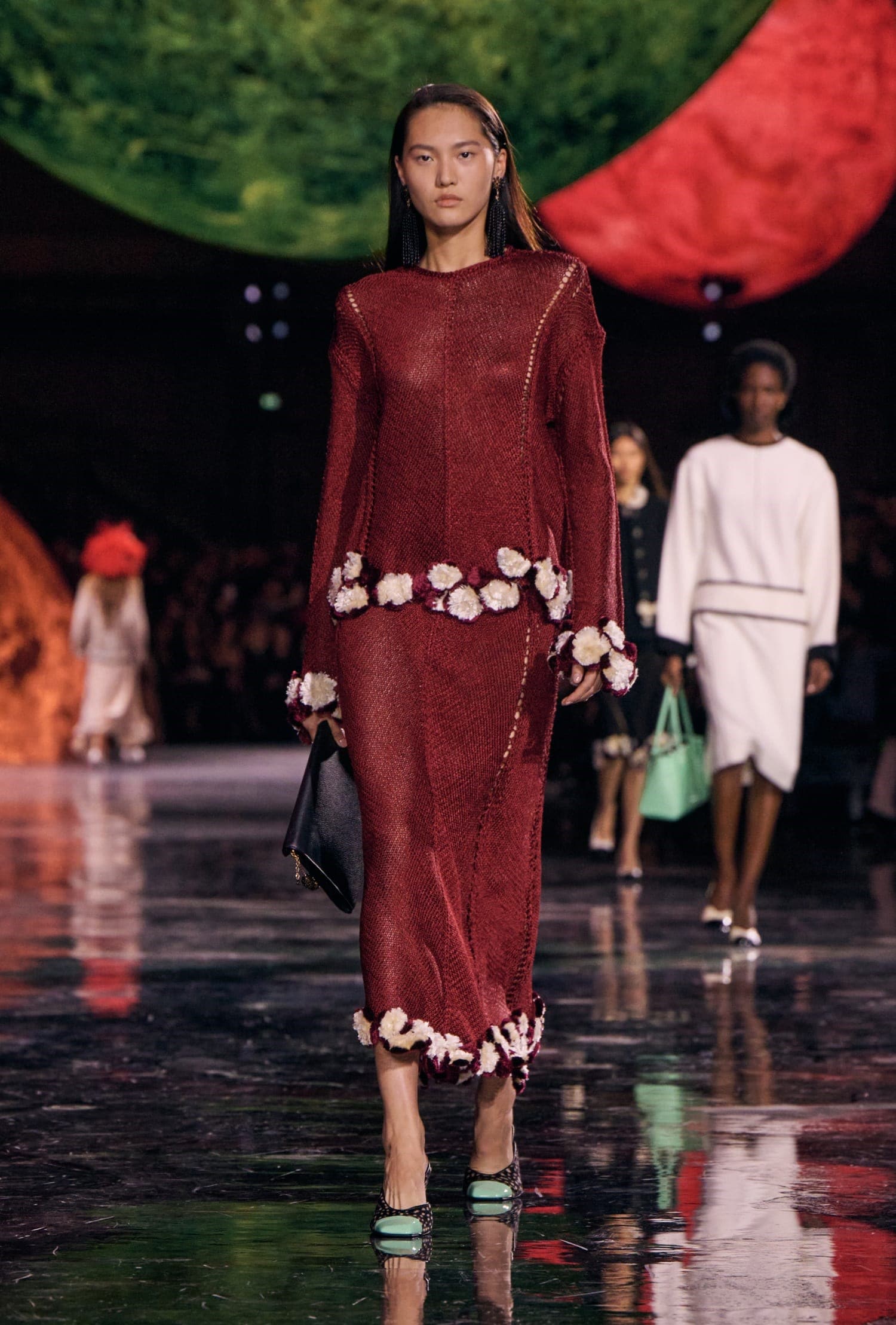
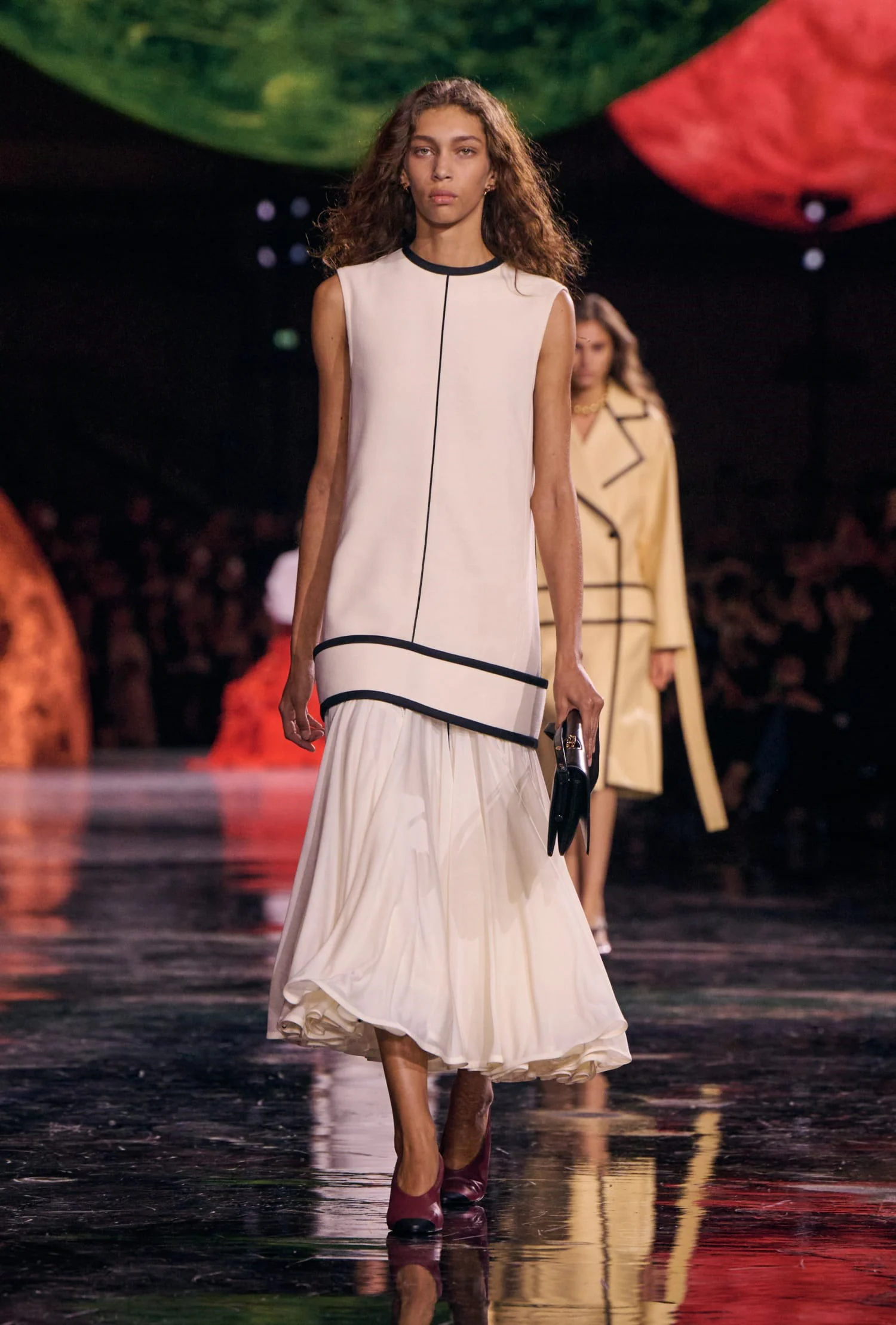
Stars aligned at Matthieu Blazy’s Chanel debut, literally and figuratively. A set of multicolored planets glowing against a starry night transformed the Grand Palais. The otherworldly set welcomed high-octane names such as Egyptian actress Tara Emad, Hollywood stars Pedro Pascal and Margot Robbie, and internet-loved brand ambassadors Lily-Rose Depp, Jennie and Becky Armstrong. The assembly of supertars supported Blazy’s highly awaited debut from the front row.
Magic unfolded on the runway as one by one models presented the new creative vision for the French Maison. Blazy’s direction was intrinsically modern, focused on craftsmanship and still rich in House codes. The notes described it as the creative dialogue between Blazy and brand founder Gabrielle “Coco” Chanel.
Reflecting the exploration of the brand’s universe and Blazy’s recognizable aesthetic, each look was a glimpse at the past and future of Chanel. Take, for example, Blazy’s homage to the Chanel suit—relaxed tailoring paired with asymmetric, flowy skirts— or his work reimagining best-selling items like the 2.55 bag into lived-in, but treasured heirlooms. The idea was clear. The new Chanel is all about bridging legacy and innovation with the same radical spirit that identified brand founder Mademoiselle Chanel and change makers like Karl Lagerfeld.
More on Chanel.com
Miu Miu: the ode to women’s work
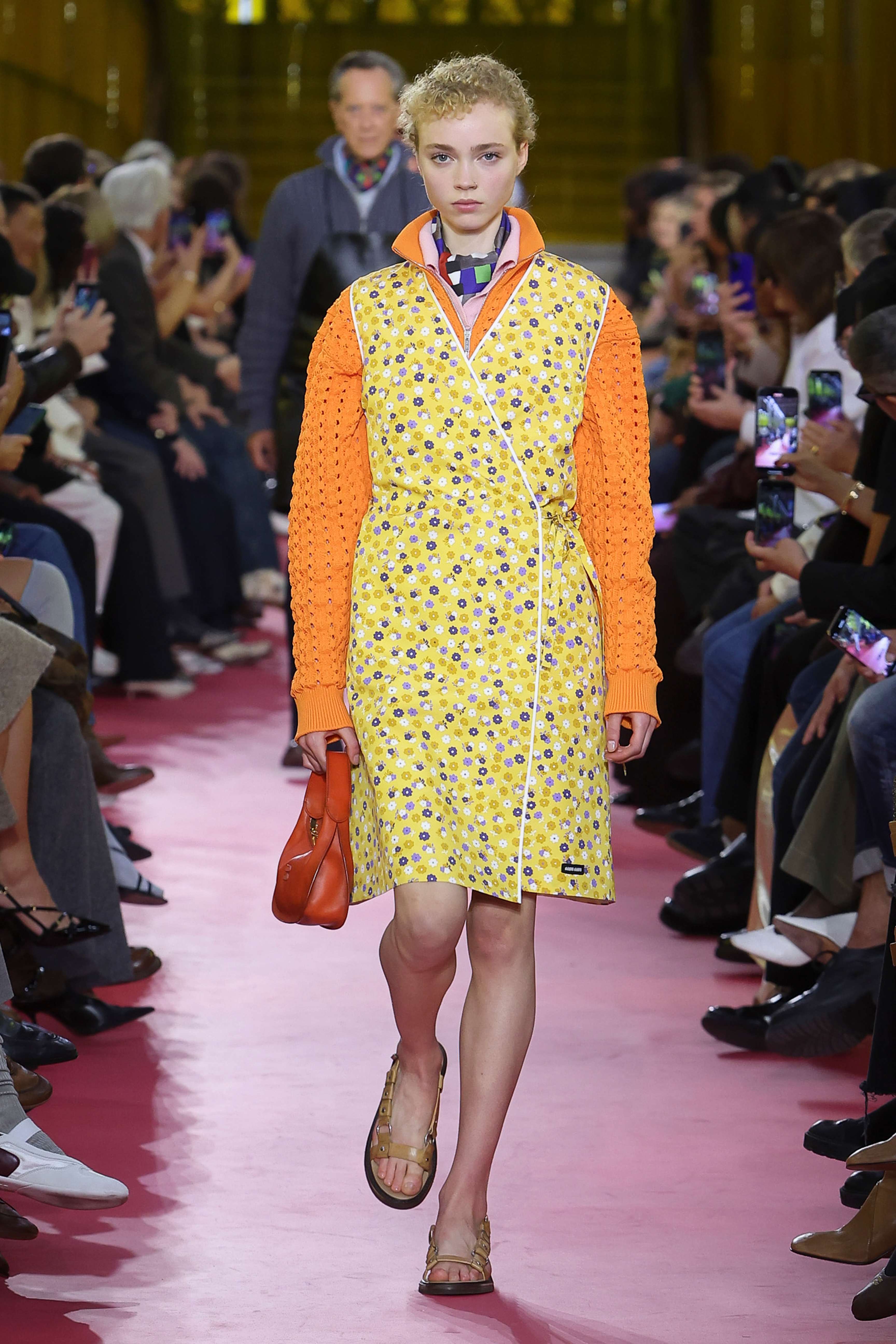


Kitchen chic, a tribute to women’s work or a critique of their role in increasingly conservative times? Knowing Miuccia Prada, probably all. The Italian designer found muse in the apron, a piece of fabric peacked with history and significance, for Miu Miu’s Spring/Summer 2026 showing. Part theatre, part homage to domestic and industrial work, the runway at Palais d’Iéna reintroduced workwear as an armor for women — a badge of honor, nearly.
Utilitarian clothes took center stage as juxtaposition reinforced the narrative of women moving between industrial work, caregiving and domestic labor. But in no way, Prada stigmatize or fetishize workwear. Quite the opposite, she celebrates the independence and agency it provides to women. “The apron is my favorite piece of clothing,” the designer shared in a press statement. “It is about protection and care—for me, it is a symbol of the effort and hardship of women.”
More on Miumiu.com
Chloé: Couture, Reimagined for the Real World
.jpg)

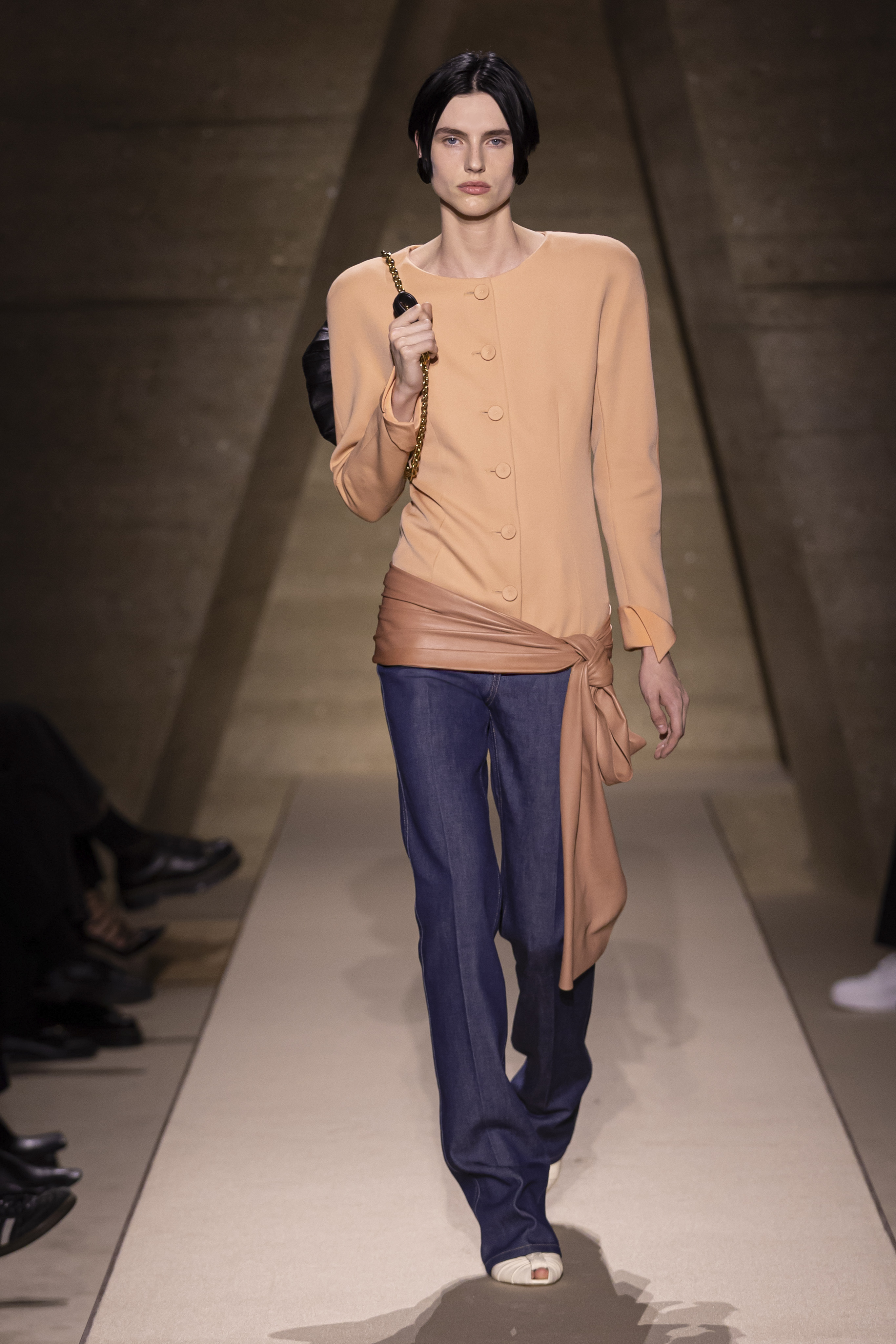
There’s a quiet kind of rebellion in what Chloé just did. Showing inside a UNESCO conference room — all concrete, glass, and 1960s optimism — the house turned introspection into an art form. The collection asked a simple but radical question: what would couture look like if it were free?
Instead of silks and corsetry, we saw cotton poplins and soft drapes. Florals redrawn from the archives of the 1950s and 60s floated across fabric like old memories reawakening. Shapes were studied but spontaneous — pleated, knotted, wrapped — moving with the body rather than against it.
It felt personal, almost emotional. A kind of couture that doesn’t belong behind glass, but in motion — on the street, in conversation, under real sunlight. Chloé’s SS26 wasn’t about fantasy; it was about liberation. About coming full circle to what Gaby Aghion always wanted: beauty made for living.
More on Chloe.com

.jpg)
